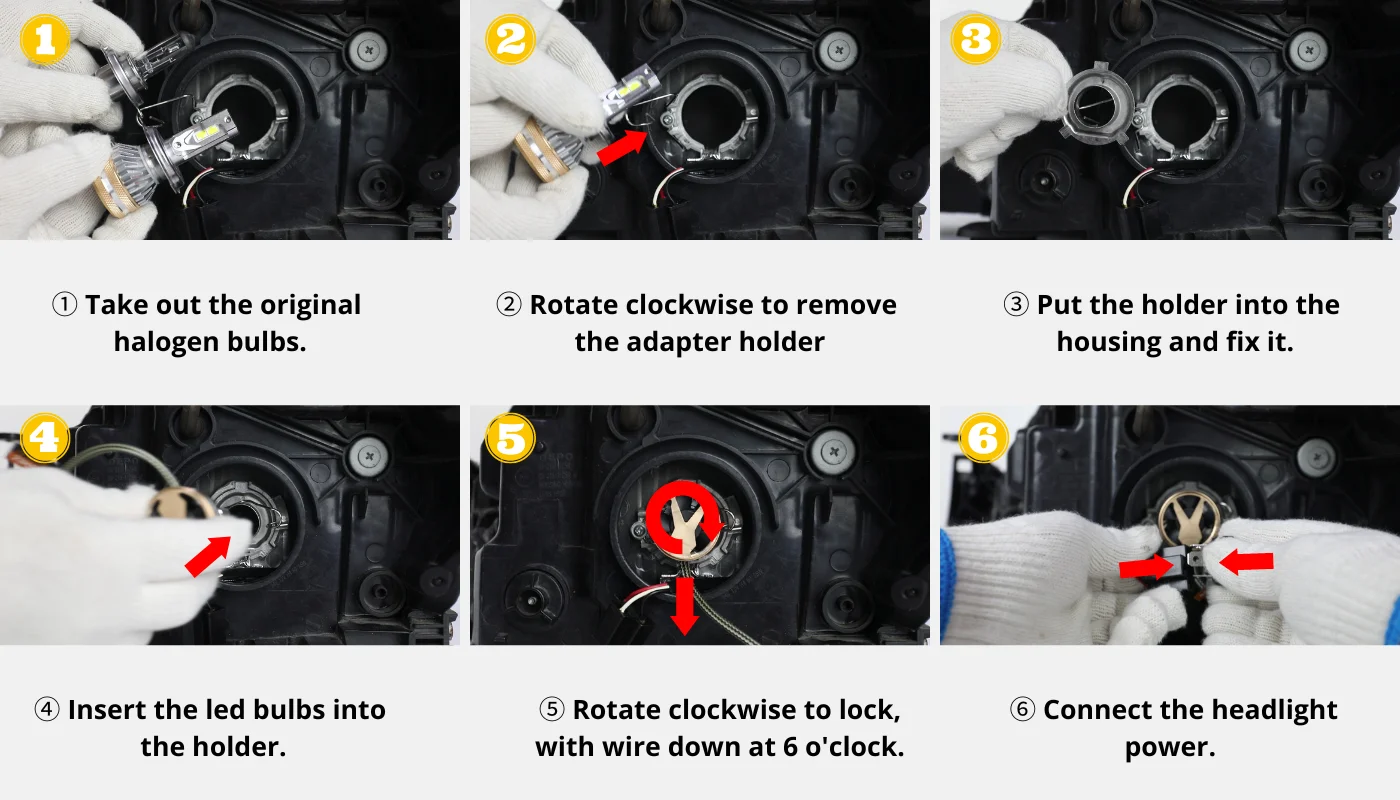DIY Car Maintenance and Repair Tips
Car maintenance and repair can be an expensive endeavor, but taking the time to learn some DIY tricks could save money and trips to the shop! By learning these DIY strategies, you could save both money and trips!
Maintenance and repair tips will give you more confidence as a car owner. From checking tire pressure to changing headlight bulbs, these strategies will assist with becoming an accomplished vehicle operator.
Oil Change
An oil change should be one of your initial DIY car maintenance tasks, and should be one that you master quickly. All that’s required for success is a socket wrench set with drain plug and new oil filter as well as the appropriate type of oil for your vehicle. Be prepared to get your hands dirty; wear old clothing and use either ramps (recommended) or jack (optional).
Use a dipstick to check your oil level periodically and keep an eye on its color – if it turns brown or black it may be time for replacement oil.
Brake Fluid Change
Brake fluid is often taken for granted when driving a car and should be changed regularly as one of its key safety features.
Brake fluid should be stored in a transparent reservoir that allows you to easily monitor its levels without opening it up. A low level indicates it’s time for replacement.
Tire Change
Change a flat tire yourself is one of the key car maintenance skills for DIYers to master, yet mounting and balancing tires requires specialist equipment that may not be readily available at home.
Finding a safe spot to pull over on a quiet side street or store parking lot should be your priority, avoiding narrow shoulders that lead into oncoming traffic. When positioning your jack and lug wrench as instructed in your owner’s manual, loosen lug nuts counterclockwise using your wrench (remember lefty loosey righty tighty!). Store both together in their proper places before replacing your spare tire.
Tire Pressure Check
Tire pressure needs to be regularly checked, particularly before long trips or carrying an additional load. Remove one tire’s valve cap, press your gauge into it firmly (it should hiss), and press into one other tire (this should cause hissing sounds when done so).
Your vehicle’s manual or information sticker should have the ideal tire pressure levels. Be sure to test them when they are cold as heat from driving can cause them to expand over time.
Tire Leak Repair
Modern vehicle tires are built tough, capable of withstanding rough terrain and thousands of miles on the road, but they’re not indestructible; occasionally a leak may develop.
As part of any tire leak repair effort, the first step in pinpointing its location should be identification of where the hole exists. Spray the tire with soapy water while it remains on its wheel and look out for bubbles that indicate air is escaping from a puncture in its tread – that will show where air leakage has begun.
Before jacking up your car, place it on a jack stand to relieve pressure off its wheels and tires and make application of fix-a-flat sealant aerosol easier.
Spark Plugs
Your engine’s spark plugs ignite an air-fuel mixture in each of its cylinders to generate combustion that converts chemical energy to kinetic energy that powers your car on its journey. Over time, however, these tiny workhorses wear out and should be regularly replaced to prevent potential issues with your car.
On most cars, changing spark plugs is relatively straightforward; however, the process can become messy and require taking apart engine components first. When performing this procedure, ensure to disconnect one wire at a time to maintain order – any misstep could prevent your car from starting up!
Battery Replacement
Your vehicle’s battery provides the zap of electricity necessary for its electrical components to function, and its failure can have serious repercussions for other parts of the charging system and starter motor that rely on it.
Replacing a car battery at home is an effortless endeavor that only requires basic tools and an open area. Before beginning, though, ensure the area is cleaned up by taking steps such as unhooking any accessories from the dead battery and wiping down its terminal connectors with a wire brush to protect their integrity.
Wheel Chocks
Wheel chocks are essential pieces of safety equipment that can keep you safe when working on your car. Small enough for easy stowage, but strong enough to prevent the vehicle from moving while opening the hood or changing out tires, wheel chocks should never be ignored as essential safety tools when servicing any automobile.
Chocks work best when used on slopes with grades under 10%, such as those found on roads paved with oil or ice, where their ramp-shaped bottom presents an obstacle that the wheel naturally wants to roll up on, locking itself into place and keeping its position.












